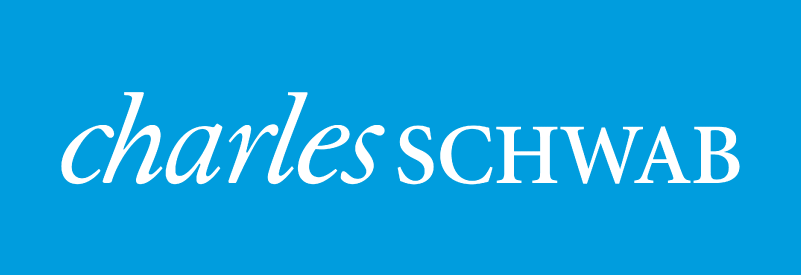Did that just happen? March was a month most investors would prefer to forget, and it officially marked the end of a historic 11-year bull market. While stress levels in most markets didn’t reach 2008 levels of dislocation, the velocity and degree of volatility far surpassed much of what we saw during that crisis. The double barrel of Covid-19 and a crash in crude oil prices drove March 2020 straight to the unenviable record of the most volatile month in stock market history. Nearly everything lost money with the exception of long-term U.S. treasuries. Stocks and commodities lost 20%-30%, corporate bonds lost 8%-20%, muni bonds lost 13% (recovered to -4%), gold stocks lost 15%, and even gold bullion declined slightly.
Having been through severe market cycles several times, we maintained throughout the month and continue to hold a view that portfolios are subjected to two very fundamental risks in times like these. The first risk is that you fail to retain your core portfolio through to the other side. Stated otherwise, it is important, as you stand on the shore, not to focus solely on the waves hitting the shore but to also maintain a firm gaze on the horizon. The second risk is that components of your portfolio become permanently impaired as a result of the dislocation. While the global economic shutdowns and oil price collapse do pose material increases in default risk and remain so today, we feel the strong monetary, fiscal, and other responses to date are serving to manage this risk in most areas.
Ultimately, we will make it to the other side of this pandemic better prepared for the next one and, in many ways, better off than we are now. We can expect vigorous debate about globalization, fiscal spending, healthcare infrastructure, and governmental efficacy in the months/years to come. While we see a lumpy road to recovery and more bouts with volatility over the next few months, we also expect that people will go back to working, spending, and living again soon as the virus fades, more reliable data is gathered, and the economy recovers. Until then, remain strategic, stay nimble, and be well.
Market Anecdotes
• The balancing act between CoVid-19, aggressive containment measures, and economic fallout were the overwhelming drivers of financial and economic contagion during the month.
• Severity of the virus, slow and incomplete testing data, and complicated modeling made managing health policy initiatives with economic policy initiatives virtually impossible to navigate with confidence.
• CoVid-19 developments remained fast moving with cautious optimism slowly emerging toward month end.
• An alphabet soup (PPP, TALF, CPFF, PDCF, PMCCF, SMCCF, MLF, MSLF) of monetary policy programs were announced by the Fed to restore market functioning, liquidity, and lending to businesses and governments. The estimated total of the programs is $2.3T which, alongside unlimited QE, will expand the Fed balance sheet to nearly $11T over the next few months.
• The Fed also made two emergency rate cuts in March totaling 1.50% taking guidance to 0%-0.25%. The average global central bank cut rates by an average of 1.0% last month.
• Congress passed the largest fiscal stimulus package in U.S. history in three phases ($8.3b, $250b, $2.2T) which, alongside declaration of national emergency aid of $50b, total 11.1% of GDP.
• In China, policy makers have pushed required reserves below 10%, the lowest since 2007, and cut interest on excess reserves for the first time since 2008 from 0.72% to 0.35%.
• GDP forecasts are all over the map attempting to forecast terminal activity. Ultimately, 2Q GDP estimates range from -10% to -61%. Assuming shuttered businesses are allowed to resume in May 2QGDP should register -30% but if shutdowns persist into June, it would approach -60%.




Leave a Reply